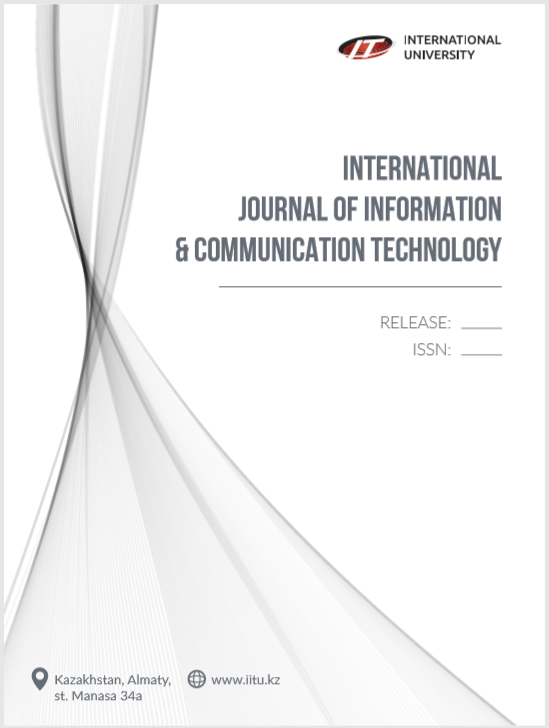HARNESSING ARTIFICIAL INTELLIGENCE FOR ADVANCED THREAT DETECTION IN NETWORK INFRASTRUCTURES
DOI:
https://doi.org/10.54309/IJICT.2024.18.2.007Keywords:
Artificial Intelligence, Intrusion Detection System, Network Security, Cyber Attack, NIDSAbstract
As cyber threats grow increasingly sophisticated, traditional security measures are falling behind in the face of these evolving attacks. This article highlights the role of Smart Sentinel, a cutting-edge threat detection system that utilizes Artificial Intelligence (AI) to strengthen network defenses. Unlike conventional security solutions, Smart Sentinel employs machine learning algorithms to continuously learn and adapt, enabling it to detect anomalies and potential threats in real-time. By analyzing a variety of data sources, including network traffic and user behavior, the system establishes a baseline of normal activity and continually enhances its threat detection capabilities. Key features such as anomaly detection, behavioral analysis, real-time response, and adaptive learning contribute to an improved security posture, reduced false positives, enhanced operational efficiency, and cost-effectiveness. Smart Sentinel represents a significant breakthrough in cybersecurity, providing organizations with a proactive and resilient defense against the ever-evolving cyber threat landscape.
Key features such as anomaly detection, behavioral analysis, real-time response, and adaptive learning contribute to Smart Sentinel's effectiveness in protecting organizations against cyber threats.
Anomaly detection: Smart Sentinel identifies unusual patterns and activities that deviate from established norms, alerting security teams to potential threats.
Behavioral analysis: Smart Sentinel goes beyond simply detecting anomalies by analyzing user and system behavior to identify suspicious patterns that may indicate malicious intent.
Real-time response: Smart Sentinel's real-time response capabilities enable it to take immediate action upon detecting a threat, such as isolating compromised systems, blocking malicious IP addresses, or generating alerts for human intervention.
Adaptive learning: Through continuous monitoring and analysis, Smart Sentinel continuously learns and improves its ability to discern between normal and malicious activities, reducing false positives and improving overall security posture.
Smart Sentinel's impact on organizations is multifaceted:
Enhanced security posture: Smart Sentinel proactively identifies and mitigates emerging threats, strengthening an organization's overall security posture.
Reduced false positives: Smart Sentinel's adaptive learning capabilities minimize the number of false positives, preventing alert fatigue and allowing security teams to focus on genuine threats.
Operational efficiency: Smart Sentinel automates routine tasks, freeing up security teams to focus on strategic initiatives and improve operational efficiency.
Cost-effectiveness: Smart Sentinel optimizes cybersecurity investments by automating threat detection and response, reducing the need for costly manual intervention and minimizing the potential for financial losses from successful cyberattacks.
Downloads
Downloads
Published
How to Cite
Issue
Section
License
Copyright (c) 2024 INTERNATIONAL JOURNAL OF INFORMATION AND COMMUNICATION TECHNOLOGIES

This work is licensed under a Creative Commons Attribution-NonCommercial-NoDerivatives 4.0 International License.
https://creativecommons.org/licenses/by-nc-nd/3.0/deed.en


